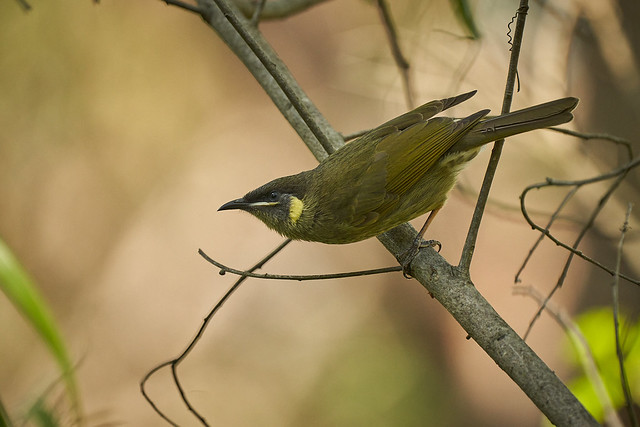superlevure
Leading Member
... but I found some perched and tried to get a few shots.
This was after a whole morning spent in a nature reserve in Norfolk, where I saw nothing at all. I saw the swallows when I came back from my lunch, on a village car park, near a field where the adult birds were catching insects.
I tried to catch a few shots of the adults flying past and feeding the young ones, but no good picture sadly. I left as I didn't want to disturb them more.



This was after a whole morning spent in a nature reserve in Norfolk, where I saw nothing at all. I saw the swallows when I came back from my lunch, on a village car park, near a field where the adult birds were catching insects.
I tried to catch a few shots of the adults flying past and feeding the young ones, but no good picture sadly. I left as I didn't want to disturb them more.



Last edited:



